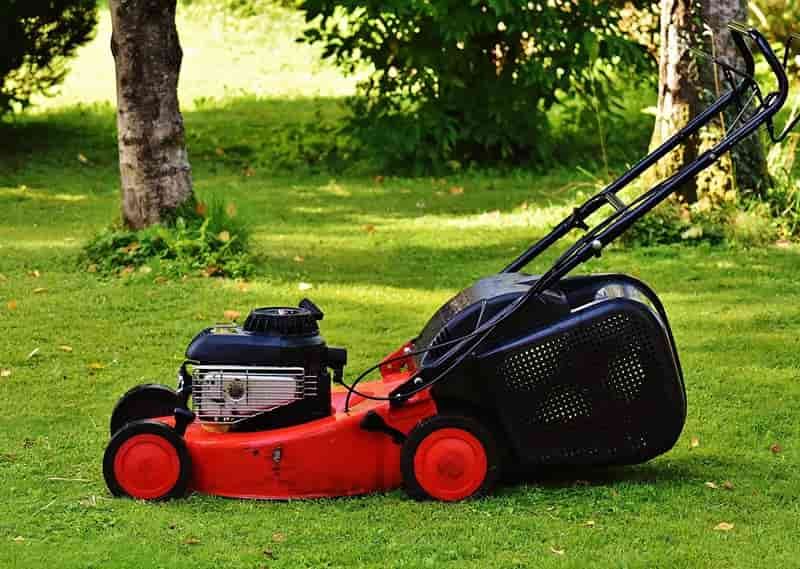How to Create a Low-Maintenance Vegetable Garden
Creating a vegetable garden is a fulfilling experience but the typical gardener realizes pretty early that maintenance entails a considerable amount of hard work and a significant time investment. Gardeners who desire homegrown vegetables without a huge weekly maintenance obligation need to create a low-maintenance vegetable garden. By deploying the use of a few well-thought-out strategies based on scientific gardening techniques and sound judgment, you’re able to have a productive garden with minimal effort. Here are four detailed, practical tips to guide you in planning and maintaining a low-maintenance vegetable garden that will thrive for many years.

One of the biggest helpers in reducing garden maintenance is efficient and effective watering. Overhead sprinklers or hose watering by hand are antiquated means of watering that usually lead to water waste and patchy wetness. But when you install a drip irrigation system or soaker hoses on a programmable timer in your garden, you’ll revolutionize the way you water. These systems distribute water directly to the root system in a slow trickle that saves water as well as reduces the risk of fungal disease that usually develops through wet leaves. Tomatoes and cukes experience reduced strength due to mildew and blight because their leaves remain damp for long periods of time. Automated watering systems free you from daily watering responsibilities and ensure consistent moisture levels even when you are away from home.
Low-maintenance vegetable gardens require mulching as their essential foundation. Placing 3- to 4-inch thick organic mulch layers composed of straw or leaves or grass clippings or wood chips around plants provides multiple beneficial results. The blocking of light exposure through mulch stops the growth of new weeds and halts seed germination. The application of mulch helps minimize weeding work especially since weeding typically demands the most time in gardening. Plant hydration duration was extended via your efficient irrigation system by the organic mulch which prevented water losses through evaporation. Through insulation the plant roots experience protection from extreme summer heat and winter temperatures. Organic matter accumulation through mulch decomposition transforms soil structure and makes it more fertile while doing away with chemical fertilizer dependency. Gardeners who thoroughly mulch their pepper and eggplant plants noticed better plant health and reduced weed growth through the entire growing period.
Choosing the right kinds of vegetables minimizes maintenance. Some vegetables are more maintenance-intensive, need more space, or need pest management. In a low-maintenance garden, choose quick-producer plants that are disease-free and compact and produce big harvests without a lot of bother. Leafy greens like spinach, Swiss chard, and kale grow fast and bear multiple harvests by snipping off the outer leaves and never have to be replanted. Root vegetables like carrots and radishes do not need attention after planting and can stay in the garden for harvest times. Herbs do the job: chives, thyme, and oregano are tough perennials that are drought resistant and need little pest management but provide flavor to meals. Although tomatoes are a popular pick, using determinate or cherry tomato varieties that are less needy of pruning and staking conserve time. For example, ‘Bush Early Girl’ tomatoes produce early and stay small so are low maintenance in tight spaces.
Pest management tends to top the list for gardeners, but low-maintenance veggie gardens are cultivated using natural, proactive strategies. Chemical pesticides are replaced by physical barriers of row covers made of light, airy cloth that protect delicate plants such as broccoli and cabbage from caterpillars and flea beetles. Companion planting also works; planting vegetables in conjunction with the companion plantings of nasturtiums, marigolds, or garlic repels unwanted pests while appealing to beneficial pollinators and predatory insects that keep the pest population in balance. Basil not only puts flavor in tomatoes but also repels whiteflies and aphids. Variety in the garden develops a balanced ecosystem that naturally reduces the risk of pest outbreaks and requires less effort and time when it comes to pest management.
 Disclaimer:
Disclaimer:
The content provided on our blog site traverses numerous categories, offering readers valuable and practical information. Readers can use the editorial team’s research and data to gain more insights into their topics of interest. However, they are requested not to treat the articles as conclusive. The website team cannot be held responsible for differences in data or inaccuracies found across other platforms. Please also note that the site might also miss out on various schemes and offers available that the readers may find more beneficial than the ones we cover.
Featured Articles
-
 Health & Wellness
Health & WellnessWhy Cotton Swabs Endanger Your Ears
-
 Home & Garden
Home & GardenThe Easiest and Most Secure Method to Clear the DrainPipe System
-
 Travel
TravelTop Vacation Packages and Must-See Spots in Italy
-
 Home & Garden
Home & GardenIs a Dishwasher for Your New Home a Right Choice?
-
 Finance
FinancePayPal’s New “Pay With Crypto” Marks the Beginning of a Borderless Payment Age
-
 Home & Garden
Home & GardenHow to Choose the Perfect Mower for Your Yard




